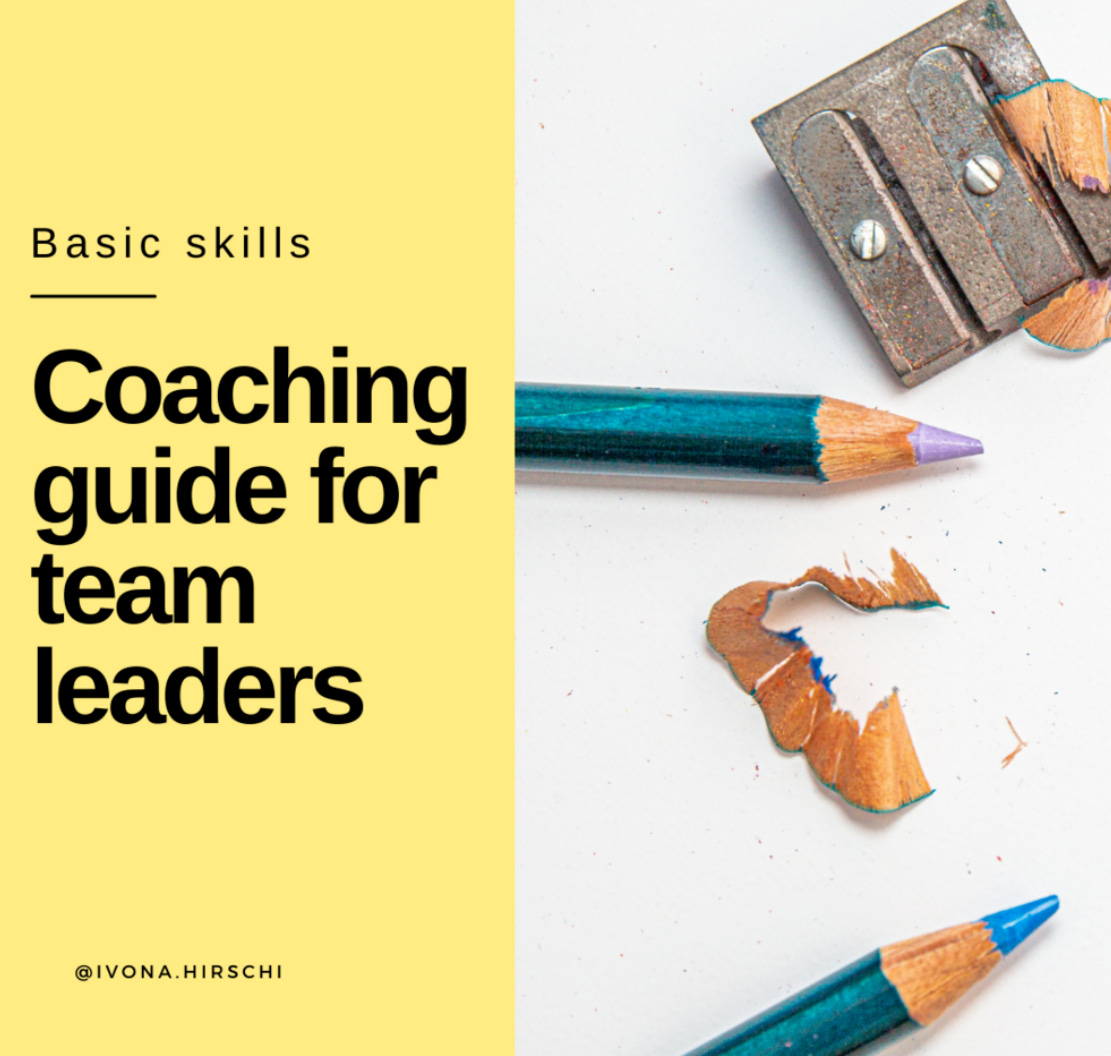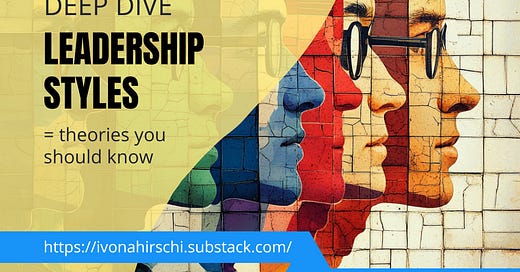Welcome to part three, which is searching for the best leadership style.
Refresh parts 1 & 2:
Be spoiled with choices and choose the leadership style that fits you best.
Contents:
Strategic Leadership - Big Picture
Coaching Leadership - People Development
Visionary Leadership - Future forward
Laissez-Faire Leadership - Hands-Off
Quiet Leadership - No Noise
Bureaucratic Leadership - Rules Rule
Shared Leadership - Two is more than one
Wrap Up
1. Strategic Leadership - Big Picture
Leadership could be a synonym for strategy.
If you are a leader, you should see the big picture. After all, you decide on the direction, but the individual steps can be taken by your team.
Strategic leadership has been huge in the past few years. Many companies struggle to find their purpose, and in that context, proper positioning and branding are worth every penny.
To define strategic leadership as a skill: it is your ability to influence others and make decisions that enhance the long-term success of your team, organization, or business. While it focuses on the future, it also requires maintaining short-term operational stability and making timely decisions.
The key principles are:
See the whole picture, not just the details.
Balance vision with execution.
Lead through change and complex problems.
- Align people, processes, and purpose (why is your best friend)
Research by Boal & Hooijberg (2001) explored the strategic leadership competencies in the U.S. Army. While they talk about specific competencies, they made useful recommendations that are universal for leadership development in business.
They suggest:
Responsibilities for the integrated leader development process need to be assigned. (Calling for a holistic approach that includes development through training, education, and experience. Since, development is often scattered the strategic human resource management should be involved)
Responsibilities for the integrated leader development process need to be assigned.
(A baseline for development e.g. 2 years of relevant experience)
Self-development must become more than reading a list of books.
(Provide a wide range of resources, books, videos, groups, training, etc.)
Boal & Hooijberg concluded that strategic competencies are not just taught in schools or institutionalized training, but must also be developed through everyday assignments and embedded in the company culture.
Another great resource for studying strategic leadership is Michael E. Porter and his now-classic book Competitive Strategy (1980). It introduced frameworks like:
The Five Forces Model (analyzing industry structure and competitiveness)
Generic Competitive Strategies (cost leadership, differentiation, and focus)
These frameworks made strategy actionable, helping managers predict and influence competitive outcomes.
Porter’s work positions Strategic Leadership as:
The ability to make integrated, proactive, and evidence-based choices that create a distinct competitive position, compel customer behavior, and generate long-term value in complex environments.
Foundational elements of strategic leadership from Porter:
Understanding industry structure and external forces (Five Forces)
Making trade-offs and committing to a distinct strategy
Creating fit among a company’s activities, so the whole is greater than the sum of its parts
Avoiding the trap of imitating competitors or adopting generic “best practices”
➡️Read Roger’s Martin article about Porter’s three great strategy contributions
2. Coaching Leadership - People Development
A coaching leadership style offers high levels of personalized support balanced by helpful feedback. - nsls.org
If you’re thinking that a leader should focus on developing team members as individuals and fostering a growth-positive environment, coaching leadership might be your thing.
Remember the Skill-Will Matrix from the authors of Situational Leadership, Kenneth Blanchard and Paul Hersey? They included coaching in their matrix and were among the first to describe the coaching leadership style.
The premise of coaching leadership is simple – you provide guidance and support to help your team members perform at their best and reach their potential.
The key characteristics of coaching leadership are:
Focus on development
Individualized attention
Constructive and frequent feedback
Empowerment
Questions
Building trust
Building relationships
Emotional intelligence
Supportive and non-directive approach
Performance improvement
Long-term vision
Daniel Goleman, my favorite go-to author for emotional intelligence, describes the coaching leadership style as a participative and empowering approach that focuses on developing and supporting others – much aligned with what researchers before him suggested.
Watch the video to learn pros and cons of this style:
Coaching leadership is great in certain situations, but be mindful of when people don’t want to be coached or led.
Then, you may need to switch to a different collaboration style.
Btw. check the free coaching guide for leaders and start coaching your team

3. Visionary Leadership - Future forward
Keep reading with a 7-day free trial
Subscribe to leadink to keep reading this post and get 7 days of free access to the full post archives.







